If you run an office supply store and need to stock up on notebooks, you’ll aim to find the best quality notebooks at the most affordable price in bulk.
This involves researching various notebook suppliers, comparing costs, evaluating product quality, and deciding which supplier to choose.
When completing these actions, you’re starting the source to pay (S2P) process, which is something every business goes through when working with suppliers.
Keeping expenses low while maintaining steady revenue streams is vital to the success of any such business, and optimizing the S2P process is one of the most effective ways to reduce business costs.
Here are some questions that this article will attempt to answer now –
- What is source to pay?
- What does the source to pay workflow look like?
- Is S2P the same as P2P?
- How to optimize the source-to-pay process?
What is Source to Pay?
Source to pay, regularly referred to as S2P, is the entire end-to-end process of deciding whether you need a certain product or service, finding the best supplier to work with, initiating the procure-to-pay process, making a purchase, and receiving the goods in question.
While the source to pay process may seem like it’s very transactional, and parts of it are, but it’s also incredibly dependent on vendor relationships, smart strategizing, and constant improvement.
We will walk through all the steps of the source to pay process in detail below.
Steps in Source to Pay Process
If your sourcing team essentially has a checklist of everything that needs to be completed throughout the source to pay process, they are less likely to miss anything, expose your business to risk, or miss out on a beneficial sourcing opportunity.
Even further, standardizing source-to-pay action items makes it more possible to trim the fat from the process, find synergies in your business, and implement a source to pay system that enables process automation and streamlines supplier onboarding.
Here are essential steps required in the S2P process:
1. Demand
A service or product must be needed by the business. Alternatively, a need for a lower price or better terms could create the demand.
Imagine a manufacturing company that realizes it needs to upgrade its production line to meet increasing customer demands. The operations team identifies a requirement for new machinery that will enhance efficiency. This creates the demand.
2. Sourcing
Potential vendors in the supply chain are located and evaluated. This can be achieved using software platforms that handle large amounts of data on historical spending, market trends, and company goals for eSourcing.
After thorough research, they shortlist a few vendors who meet the company’s quality and compliance standards. Vendors that pass minimum standards can then be cataloged in a seamless onboarding process.
3. Preparing a Bid
RFx documents are assembled, responses are received from suppliers, and stored in an eSourcing portal. RFx materials may include requests for information (RFIs), proposals (RFPs), and quotes (RFQs).
4. Decision Making
In this step, candidates need to be reviewed. Some will be chosen, and others will not.
Typically, the team reviews all the submitted proposals, evaluating them based on various criteria such as cost, quality, and the vendors’ delivery and support capabilities.
After careful consideration, they narrow down the options and choose the most suitable vendor that offers the best value for money.
5. Contract Management
The selected vendor is added to the company’s supplier management database. The procurement team then negotiates the final pricing, payment terms, and service agreements. Once both parties agree, the contract is prepared and set for signing.
6. Contract Signing
With all terms agreed upon, the contract document is signed by both the manufacturing company and the machinery supplier, officially sealing the deal.
7. Transition to Procure to Pay
The signed contract is handed over to the procurement team, which will manage the subsequent purchase orders and interactions with the supplier.
8. Procurement
The procurement team issues a purchase order for the new machinery, detailing all agreed specifications and terms. They maintain communication with the supplier to ensure that the order is processed and delivered on time.
9. Accounts Payable Invoice Processing
Once the machinery is delivered and installed, the supplier sends an invoice. The accounts payable team verifies the invoice against the purchase order and delivery documents, ensures all details are correct, and processes it for approval and payment.
10. Payments
Finally, the accounts payable department processes the payment according to the agreed terms, reconciling it in the company’s financial records and informing the supplier about the payment status, thus concluding the source-to-pay process.
By following these steps in their workflow, businesses can ensure a streamlined and efficient source-to-pay process.
Source to Pay vs. Procure to Pay
S2P and P2P are not the same thing; the P2P process is embedded in the S2P process. In short, the S2P process is larger; it encompasses more steps than the P2P process. The P2P process is a subset of certain steps within the S2P process.
S2P starts the moment that a business leader or employee decides a new good or service is needed from a supplier. It then moves to researching suppliers, assessing prices, sending information requests, finalizing supplier selections, creating purchase orders, receiving the products, and fulfilling invoice payments. It can take weeks or even months to get through the source to pay process in its entirety.
The P2P process, on the other hand, starts after a supplier has been selected. The procurement team is handed the baton from the sourcing team and continues to work through the procurement activities of the S2P process. These include managing purchase orders and purchase requisitions, tracking product delivery timelines, ensuring the receipt of the goods, and working with the accounts payable team to complete the vendor payment associated with the invoice that matches the transaction.
How to Optimize your Source-to-Pay Process?
Implementing a robust and optimized S2P system involves –
- use of automation to automate the procure-to-pay part of the source-to-pay process (optimizes steps 7-10)
- improving supplier relationship management. (optimizes steps 1-6)
Let’s explore both in detail.
1. P2P automation
Like most business processes today, navigating the source to pay process with the right S2P software solution has numerous benefits. Although the steps have stayed relatively the same, the way the steps are completed has shifted with the use of automation technology.
Here is how P2P automation with a software like Nanonets streamlines each step in the procure-to-pay part of the S2P process.
Making a Purchase Request
When an employee needs to make a purchase, they simply log into the Nanonets portal and submit a digital purchase request.
Creating a Purchase Order
Nanonets takes care of the paperwork by automatically generating a Purchase Order (PO) based on the details provided in the request.
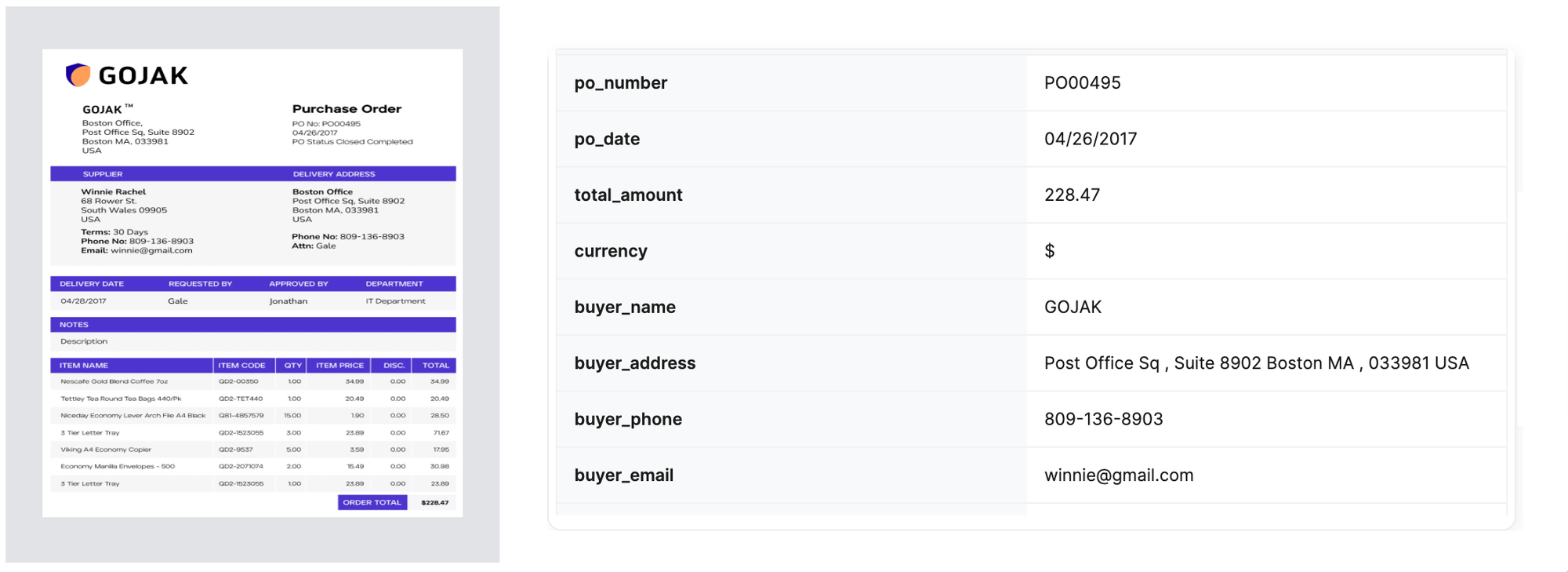
Approval for the Purchase Order
The PO goes through an automated approval process within Nanonets. You can set up rules and conditions to ensure consistency across procurement activities, avoiding mistakes and unauthorized expenses.
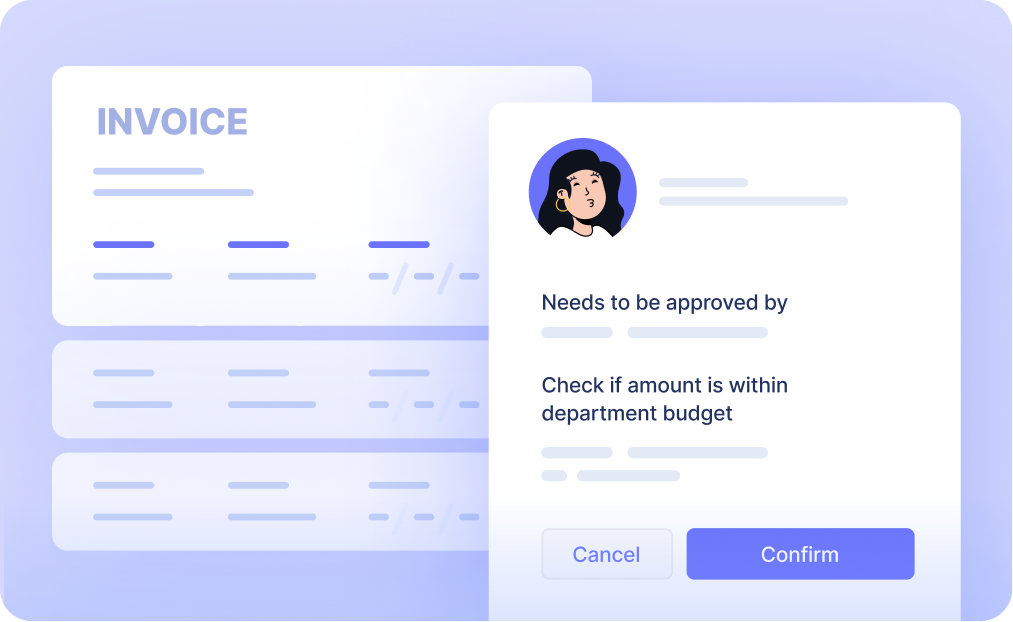
You’ll receive approval notifications that can be easily managed through popular communication tools like Slack and Microsoft Teams. They even come with direct Call To Actions (CTAs) to help you make quick decisions.

Sending out the Purchase Order
Once the PO is approved, the system takes care of sending it to the supplier. This can be done through integrated email or supplier portals like SAP Ariba or Coupa.
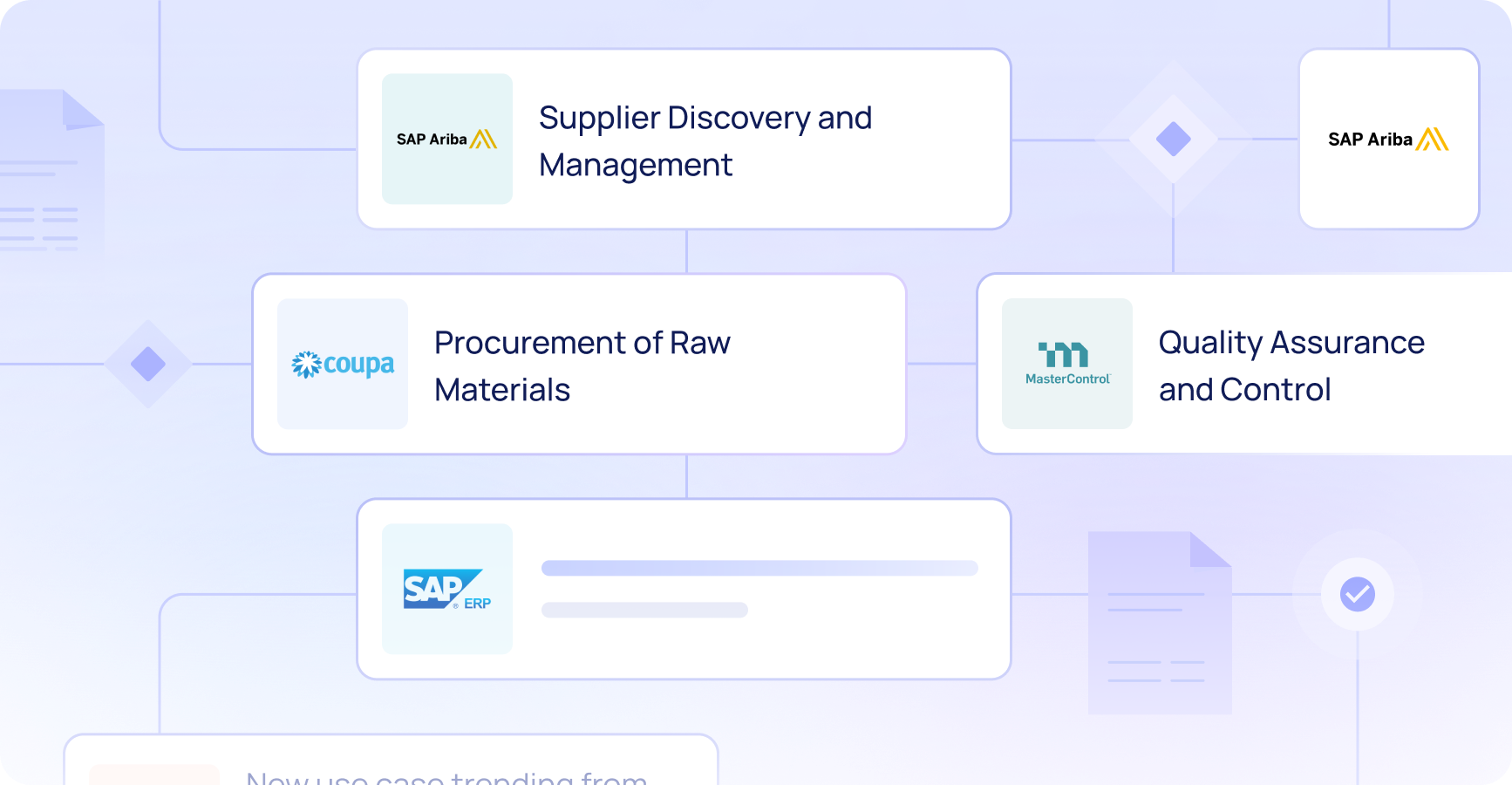
Tracking Goods or Services Delivery
The supplier takes care of processing the order and updating the delivery status in their portal. This information is automatically synced with Nanonets, so you can easily track the progress.
Capturing and Matching Invoice Data
Nanonets does the heavy lifting by automatically extracting data from invoices, purchase orders, and delivery notes. This saves you from manual data entry and reduces errors.

To ensure accuracy, the system performs automated three-way matching. It verifies that the invoices, purchase orders, and delivery notes align before processing payments.
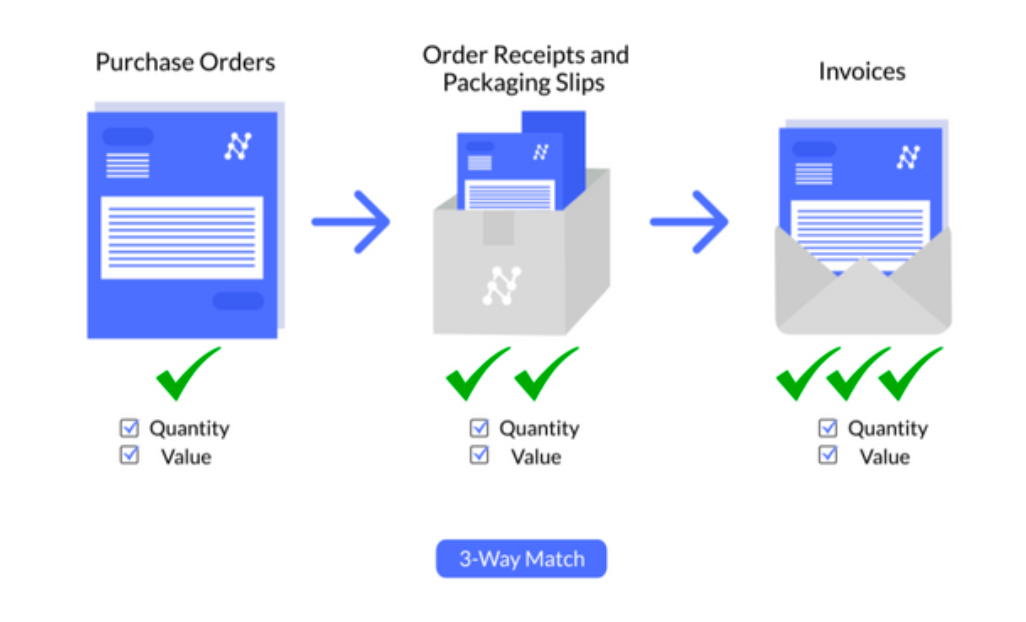
Processing Payments
Nanonets streamlines the payment process, making sure all transactions are completed efficiently and on time. This helps maintain good relationships with suppliers and avoids late payment penalties.
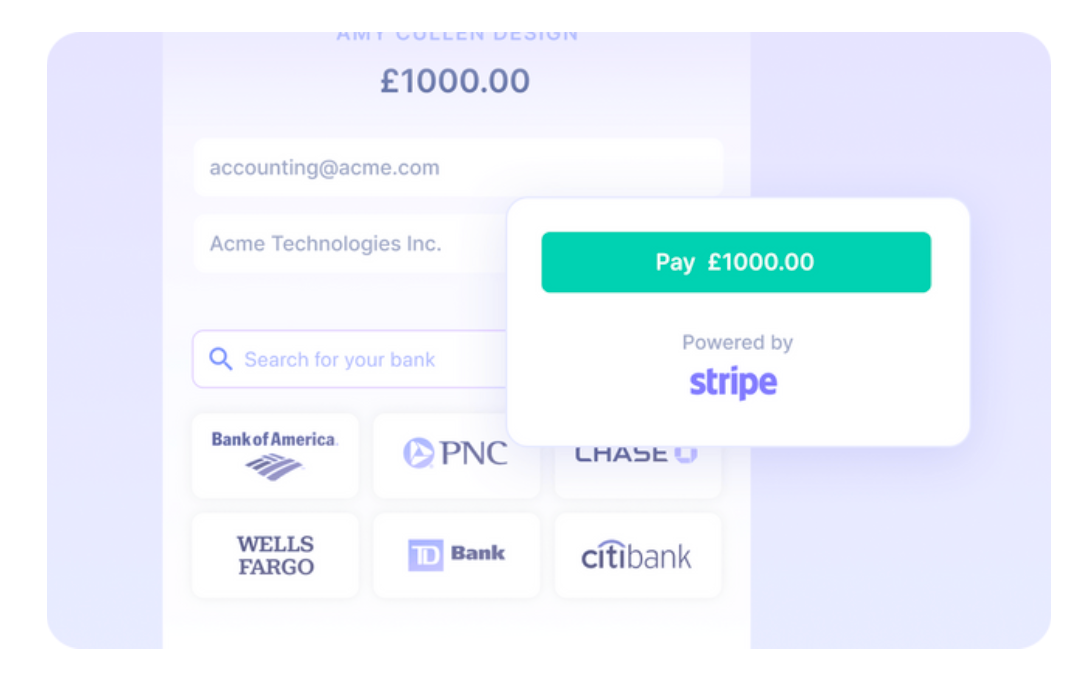
Integration with ERP/Accounting Software
Nanonets seamlessly integrates with different ERP and accounting systems. This provides a unified experience for managing procurement and financial data.

2. Supplier Relationship Management
Effective Supplier Relationship Management (SRM) is crucial for maintaining smooth relations with your suppliers, the importance of which is paramount for a streamlined S2P process.
For one, businesses can use contract management software to store and manage all supplier contracts. One can set up alerts for key dates such as renewal deadlines or performance reviews to ensure timely action.
Also, Supplier Performance Management (SPM) is a great tool to optimize the S2P process further. When done effectively, SPM can bring several benefits to your business:
- Boost supplier performance and reliability.
- Reduce the risk of supplier issues and prevent disruptions in your supply chain.
- Secure better pricing.
- Improve quality and compliance standards.
You can implement SPM in your supply chain processes by integrating the following steps:
Step 1: Segment Suppliers and Use Filters
Every supplier is unique and has a different impact on your company. To make things easier, categorize them based on their importance, such as critical, important, and those with minimal impact. This way, you can prioritize your efforts and resources more effectively.
If you want to learn more about identifying key suppliers, check out this resource: Key Suppliers | Identify & Manage Key Vendors & Suppliers
Step 2: Define Performance Measures
To keep things clear and measurable, establish performance metrics for your suppliers. Some common metrics include delivery performance, quality standards, regulatory compliance, and cost-effectiveness.
For more information on supplier performance measures, you can read this article: What are supplier performance measures?
Step 3: Maintain a Supplier Scorecard
Create a supplier scorecard to keep track of and evaluate supplier performance based on the defined metrics. Remember, this should be a dynamic document that you update regularly with the latest performance data.
Step 4: Conduct Regular Performance Reviews
Regularly review the performance of your critical suppliers. Use the data from your scorecard to have meaningful discussions about their performance, address any issues, and identify opportunities for improvement.
Step 5: Negotiate Better Terms
Take advantage of the insights you gain from SPM to negotiate improved terms with your suppliers. Use specific data to highlight areas where they can improve, and propose mutually beneficial changes to your contracts.
For more tips on negotiating better payment terms, check out this resource: 7 Tips for Negotiating Better Payment Terms With Your Suppliers
By following these steps, you’ll be able to implement a robust SPM system that enhances supplier performance, reduces risks, and ultimately drives better business outcomes.
Final Thoughts
If you run an office supply store and can’t seem to keep notebooks stocked because your S2P team is failing, you could very well go out of business.
Although we look at the S2P process holistically, improvement opportunities can be found when drilling into each function’s responsibilities and functionality.
Technology is a part of business today, no matter what industry you’re operating in. Today, businesses can fold technology into processes like S2P to make the lives of their employees easier, build better partnerships externally, and get the most bang for the buck.
If you’re not sure where to start, implementing a source to pay system like Nanonets is the perfect place to get started. Schedule a customized demo today!
- SEO Powered Content & PR Distribution. Get Amplified Today.
- PlatoData.Network Vertical Generative Ai. Empower Yourself. Access Here.
- PlatoAiStream. Web3 Intelligence. Knowledge Amplified. Access Here.
- PlatoESG. Carbon, CleanTech, Energy, Environment, Solar, Waste Management. Access Here.
- PlatoHealth. Biotech and Clinical Trials Intelligence. Access Here.
- Source: https://nanonets.com/blog/source-to-pay/



